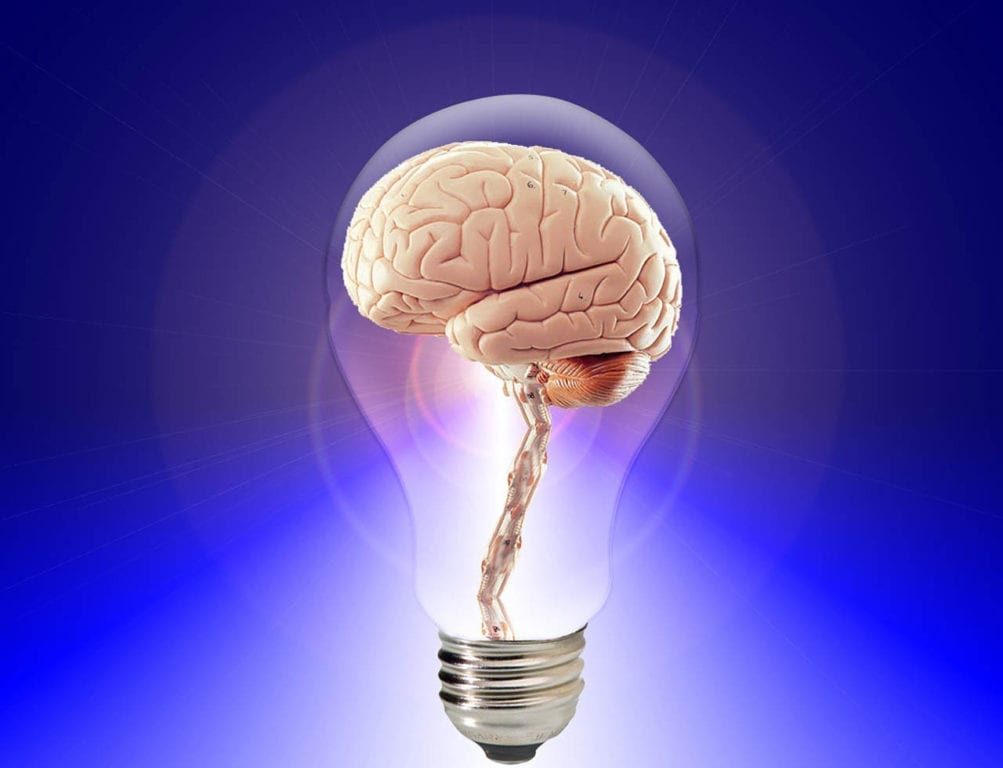According to a story from Sunmag, the notorious brain cancer glioblastoma recently claimed the life of a well known figure in public life: Senator John McCain. He was 81 years old. He was first diagnosed with the disease in July 2017, so he was able to survive for over a year with glioblastoma. Many patients are not so fortunate; survival times for this cancer are quite low and it does not respond well to treatment. What is it that makes glioblastoma so difficult to effectively treat?
About Glioblastoma
Glioblastoma is the most aggressive form of cancer that appears in the brain and it is also one of the most frequently occurring brain cancers in older adults. Still, it is generally considered rare. The cause of glioblastoma is still unclear in most cases. A small number of cases evolve from another type of brain tumor called an astrocytoma. There are certain genetic disorders that can increase the risk, and exposure to radiation therapy, smoking, careers in rubber manufacture or petroleum refining, and certain viral infections are also considered risk factors. This cancer can kill in only a few weeks or months without treatment. Symptoms include changes in mood, personality and concentration, memory loss, seizures, nausea, vomiting, and headaches. Patients may lose consciousness as the cancer progresses. The five year survival rate for glioblastoma is just 3 to 5 percent. Click here to learn more about this cancer.
Relapsing, Recurring
Glioblastoma is treated in a variety of ways, including radiation, chemotherapy, and surgery, but it almost always relapses even with intense treatment. One reason the cancer is a challenge to treat is the fact that, as a brain tumor, it is separated by the blood-brain barrier, which can prevent many therapies from reaching the tumor altogether. Glioblastoma is also a highly aggressive, invasive tumor. Root-like extensions of the tumor often reach deep into brain tissue; as a result, surgery has only limited utility because it cannot extract the entire tumor.
The Vulnerable Brain
The brain is also a difficult organ work with as it is easily damaged and does not have a great ability to repair damage to it. Gene therapies and immunotherapies, which have become cutting edge treatments for other cancers, have not been developed for glioblastoma partially due to the challenge of administering treatment to the brain.
Still, hope for the future remains, and a variety of treatments such as immunotherapy, targeted radiation therapy, new chemotherapies, vaccines, and gene therapy are all in various stages of clinical trial testing.








